Home>Furniture & Design>Bathroom Accessories>How To Remove Bath Mat Stains From A Bathtub
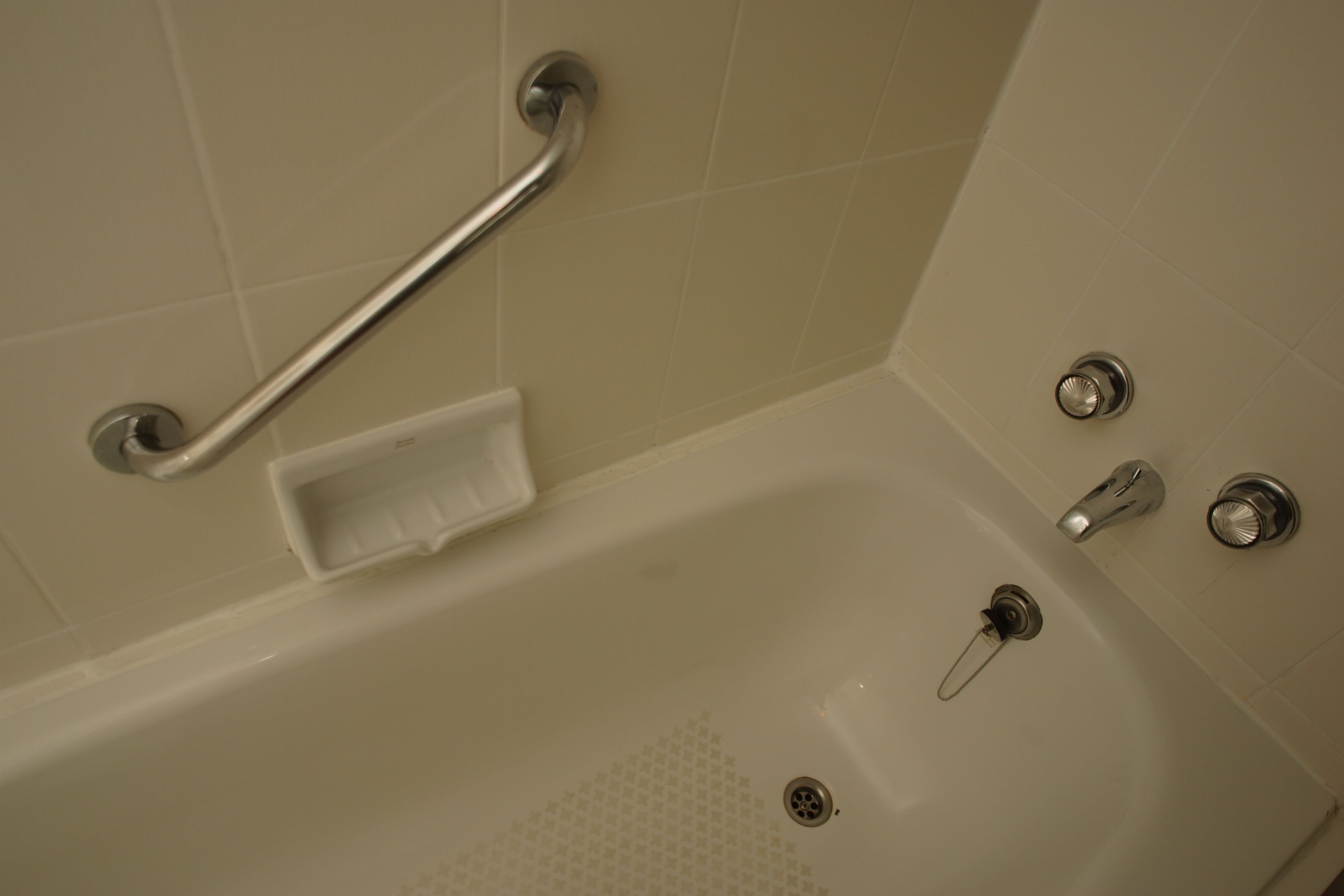

Bathroom Accessories
How To Remove Bath Mat Stains From A Bathtub
Modified: October 19, 2024
Learn effective ways to remove bath mat stains from your bathtub with our expert tips and tricks. Keep your bathroom accessories looking clean and fresh.
(Many of the links in this article redirect to a specific reviewed product. Your purchase of these products through affiliate links helps to generate commission for Storables.com, at no extra cost. Learn more)
Introduction
Bath mats are essential bathroom accessories that provide comfort, safety, and style. However, over time, they can become stained, detracting from the overall aesthetic of your bathtub. Whether it's due to soap scum, mold, mildew, or mineral deposits, these unsightly stains can be a nuisance to deal with. Fortunately, there are various methods and remedies available to effectively remove bath mat stains and restore the pristine appearance of your bathtub.
In this comprehensive guide, we will explore the different types of bath mat stains and delve into the common methods and natural remedies for effectively removing them. Additionally, we will discuss preventive measures to help you maintain a clean and stain-free bathtub in the future.
By understanding the nature of bath mat stains and learning the best techniques for their removal, you can ensure that your bathing space remains inviting and hygienic. Whether you're dealing with stubborn soap scum or persistent mold and mildew, this guide will equip you with the knowledge and strategies needed to tackle bath mat stains effectively.
So, if you're tired of unsightly stains marring the beauty of your bathtub and are eager to restore its pristine condition, read on to discover the most effective solutions for removing bath mat stains and maintaining a clean, inviting bathing environment.
Key Takeaways:
- Say goodbye to bath mat stains! Use natural remedies like lemon juice and salt, or hydrogen peroxide to effectively remove stains without harsh chemicals. Prevent future stains with regular cleaning and ventilation for a pristine bathroom.
- Keep your bath mat looking fresh! Try vinegar and baking soda or commercial stain removers to tackle tough stains. Prevent future stains by drying your bath mat thoroughly and using protective liners for added protection.
Read more: How To Remove Turmeric Stains From A Bathtub
Understanding the Types of Bath Mat Stains
Bath mat stains can be caused by various factors, and understanding the different types of stains is crucial for determining the most effective removal methods. Here are the common types of bath mat stains:
-
Soap Scum: Soap scum is a filmy residue that forms when the fatty acids in soap react with minerals in water. Over time, this residue can accumulate on bath mats, creating a dull, hazy appearance.
-
Mold and Mildew: In damp and humid environments, such as the bathroom, mold and mildew can thrive. These fungal growths can appear as black, green, or gray spots on bath mats, leading to discoloration and unpleasant odors.
-
Mineral Deposits: Hard water contains high levels of minerals, such as calcium and magnesium. When water evaporates on bath mats, these minerals can form crusty deposits, leaving behind unsightly white or gray stains.
-
Stains from Hair Products and Cosmetics: Shampoo, conditioner, hair dye, and other hair products, as well as cosmetics, can leave stubborn stains on bath mats. These stains may vary in color and can be challenging to remove.
-
Dirt and Grime: Regular foot traffic in the bathroom can track dirt, dust, and grime onto bath mats, leading to a buildup of unsightly stains over time.
By identifying the specific type of stain affecting your bath mat, you can tailor your cleaning approach to effectively address the problem. Each type of stain requires a targeted strategy for removal, ensuring that your bath mat is restored to its original cleanliness and appearance.
Understanding the nature of these stains is the first step toward successfully eliminating them from your bath mat and maintaining a hygienic and visually appealing bathing space. Armed with this knowledge, you can proceed to explore the most suitable methods and remedies for removing bath mat stains, which we will delve into in the following sections.
Common Methods for Removing Bath Mat Stains
When it comes to removing bath mat stains, there are several common methods that can effectively tackle various types of stains. These methods are practical, accessible, and often utilize everyday household items. Here are the most widely used techniques for removing bath mat stains:
-
Vinegar and Baking Soda Solution: A mixture of vinegar and baking soda is a powerful and versatile cleaning solution. To remove stains, sprinkle baking soda on the affected areas of the bath mat, then spray or pour white vinegar over the baking soda. The resulting foaming action helps lift stains and eliminate odors. After allowing the solution to sit for a few minutes, scrub the bath mat with a brush or sponge, then rinse thoroughly with water.
-
Bleach: For tough stains, especially those caused by mold, mildew, or stubborn discoloration, bleach can be an effective solution. Dilute bleach with water according to the manufacturer's instructions, then apply the solution to the stained areas of the bath mat. Allow it to sit for a short period before thoroughly rinsing the mat to remove any residual bleach.
-
Commercial Stain Removers: There are numerous commercial cleaning products specifically formulated for removing stains from bath mats. These products often contain powerful ingredients designed to break down and lift stubborn stains. Follow the instructions on the product label for the best results, and always test the product on a small, inconspicuous area of the bath mat first to ensure compatibility.
-
Hot Water and Detergent: For general cleaning and stain removal, soaking the bath mat in hot water with a mild detergent can be highly effective. Allow the mat to soak for an extended period to loosen and dissolve stains, then scrub the affected areas before rinsing thoroughly.
-
Steam Cleaning: If your bath mat is machine washable, using a steam cleaner can provide a deep and thorough cleaning. The high-temperature steam helps to lift stains and sanitize the mat, leaving it fresh and revitalized.
By employing these common methods for removing bath mat stains, you can effectively address a wide range of stains and restore the cleanliness and visual appeal of your bath mat. Each method offers its unique benefits and can be tailored to suit the specific type of stain you are dealing with. With the right approach and a bit of effort, you can successfully eliminate bath mat stains and maintain a hygienic and inviting bathing environment.
Natural Remedies for Removing Bath Mat Stains
When it comes to removing bath mat stains, natural remedies offer effective and eco-friendly solutions that are gentle on both the mat and the environment. These remedies harness the cleaning power of common household ingredients to tackle stains without the use of harsh chemicals. Here are some natural remedies that can help you effectively remove bath mat stains:
Lemon Juice and Salt
Lemon juice, with its natural acidity, is a potent stain-fighting agent. When combined with salt, it forms a powerful scrub that can effectively lift and lighten stains on bath mats. To use this remedy, sprinkle a generous amount of salt over the stained areas of the mat, then squeeze fresh lemon juice over the salt. Allow the mixture to sit for a few hours to penetrate the stains, then scrub the area with a brush or sponge before rinsing thoroughly.
Hydrogen Peroxide
Hydrogen peroxide is a natural bleaching agent that can effectively lighten and remove tough stains, including those caused by mold and mildew. To use this remedy, dilute hydrogen peroxide with water and apply it directly to the stained areas of the bath mat. Allow it to sit for a short period before scrubbing the stains and rinsing the mat thoroughly. This gentle yet powerful remedy can help restore the pristine appearance of your bath mat.
Baking Soda and Essential Oils
Baking soda, renowned for its gentle abrasive properties and deodorizing effects, can be combined with essential oils to create a natural stain-removing paste. Mix baking soda with a few drops of your favorite essential oil, such as tea tree oil or lavender oil, to form a thick paste. Apply the paste to the stained areas of the bath mat, then scrub gently before rinsing. The baking soda helps lift stains, while the essential oils impart a fresh, clean scent.
White Vinegar and Essential Oils
White vinegar, a versatile natural cleaner, can be enhanced with the addition of essential oils to create a potent stain-fighting solution. Mix white vinegar with a few drops of essential oil, such as lemon or eucalyptus oil, then apply the mixture to the stained areas of the bath mat. Allow it to sit for a short period before scrubbing and rinsing. The acidic nature of vinegar, combined with the natural antibacterial properties of essential oils, can effectively combat stains and odors.
By incorporating these natural remedies into your cleaning routine, you can effectively remove bath mat stains while minimizing your environmental impact. These gentle yet powerful remedies offer a natural and sustainable approach to maintaining a clean and inviting bathing space. Whether you're dealing with soap scum, mold, mineral deposits, or other types of stains, these natural solutions can help you restore the pristine appearance of your bath mat without the use of harsh chemicals.
Preventing Future Bath Mat Stains
Preventing future bath mat stains is essential for maintaining a clean and visually appealing bathing space. By implementing proactive measures, you can minimize the occurrence of stains and prolong the pristine condition of your bath mat. Here are effective strategies for preventing future bath mat stains:
Read more: How To Remove Bleach Stains From Bathtub
Regular Cleaning and Maintenance
Consistent cleaning and maintenance are key to preventing the buildup of stains on bath mats. Establish a regular cleaning schedule to ensure that your bath mat receives the attention it needs to stay clean and free of stains. By incorporating routine cleaning into your bathroom maintenance regimen, you can effectively prevent the accumulation of dirt, grime, and other substances that contribute to stains.
Adequate Ventilation
Proper ventilation in the bathroom is crucial for controlling humidity and preventing the growth of mold and mildew, which can lead to stubborn stains on bath mats. Ensure that your bathroom is well-ventilated by using exhaust fans or opening windows during and after bathing. Adequate ventilation helps reduce moisture levels, discouraging the conditions that foster mold and mildew growth.
Prompt Drying
After each use, ensure that your bath mat is thoroughly dried to prevent moisture from becoming trapped underneath, which can contribute to mold, mildew, and mineral deposits. Hang the bath mat in a well-ventilated area or use a drying rack to promote efficient air circulation and quick drying. Additionally, periodically launder or replace the bath mat to maintain optimal cleanliness and prevent the accumulation of stains.
Use of Protective Liners
Consider using protective liners or mats underneath your bath mat to provide an additional layer of protection against moisture and stains. These liners can help shield the underlying surfaces from potential damage while also enhancing the longevity of your bath mat. By incorporating protective liners into your bathroom setup, you can safeguard your bath mat and minimize the risk of stains caused by prolonged exposure to moisture.
Read more: How To Keep A Bath Mat From Smelling
Regular Inspections
Periodically inspect your bath mat for signs of wear, tear, or discoloration. By identifying and addressing any issues early on, you can prevent minor stains from developing into more stubborn and challenging problems. Regular inspections also allow you to assess the effectiveness of your cleaning and maintenance efforts, enabling you to make adjustments as needed to maintain a clean and stain-free bath mat.
By proactively implementing these preventive measures, you can effectively minimize the occurrence of bath mat stains and preserve the cleanliness and visual appeal of your bathing space. With a proactive approach to maintenance and care, you can enjoy a pristine and inviting bathroom environment while reducing the need for intensive stain removal procedures in the future.
Conclusion
In conclusion, maintaining a clean and stain-free bath mat is essential for preserving the overall cleanliness and visual appeal of your bathroom. By understanding the various types of bath mat stains and the most effective methods for their removal, you can ensure that your bathing space remains inviting and hygienic.
Whether you're dealing with soap scum, mold, mineral deposits, or stains from hair products and cosmetics, there are practical and eco-friendly solutions available to restore the pristine appearance of your bath mat. From natural remedies utilizing household ingredients such as lemon juice, salt, and baking soda to common methods involving vinegar, bleach, and commercial stain removers, the options for removing bath mat stains are diverse and adaptable to different cleaning preferences.
Furthermore, the implementation of preventive measures, including regular cleaning and maintenance, adequate ventilation, prompt drying, and the use of protective liners, can significantly reduce the likelihood of future stains and contribute to the longevity of your bath mat.
By incorporating these strategies into your bathroom care routine, you can enjoy a clean, inviting, and visually appealing bathing environment while minimizing the need for intensive stain removal procedures in the future.
Ultimately, the key to effectively managing bath mat stains lies in a proactive and holistic approach to cleaning, maintenance, and preventive care. By staying informed about the nature of stains and the best practices for their removal and prevention, you can ensure that your bath mat remains a functional, comfortable, and aesthetically pleasing addition to your bathroom.
With the knowledge and strategies presented in this guide, you are well-equipped to tackle bath mat stains with confidence and maintain a hygienic and visually appealing bathing space for your continued enjoyment and comfort.
Frequently Asked Questions about How To Remove Bath Mat Stains From A Bathtub
Was this page helpful?
At Storables.com, we guarantee accurate and reliable information. Our content, validated by Expert Board Contributors, is crafted following stringent Editorial Policies. We're committed to providing you with well-researched, expert-backed insights for all your informational needs.
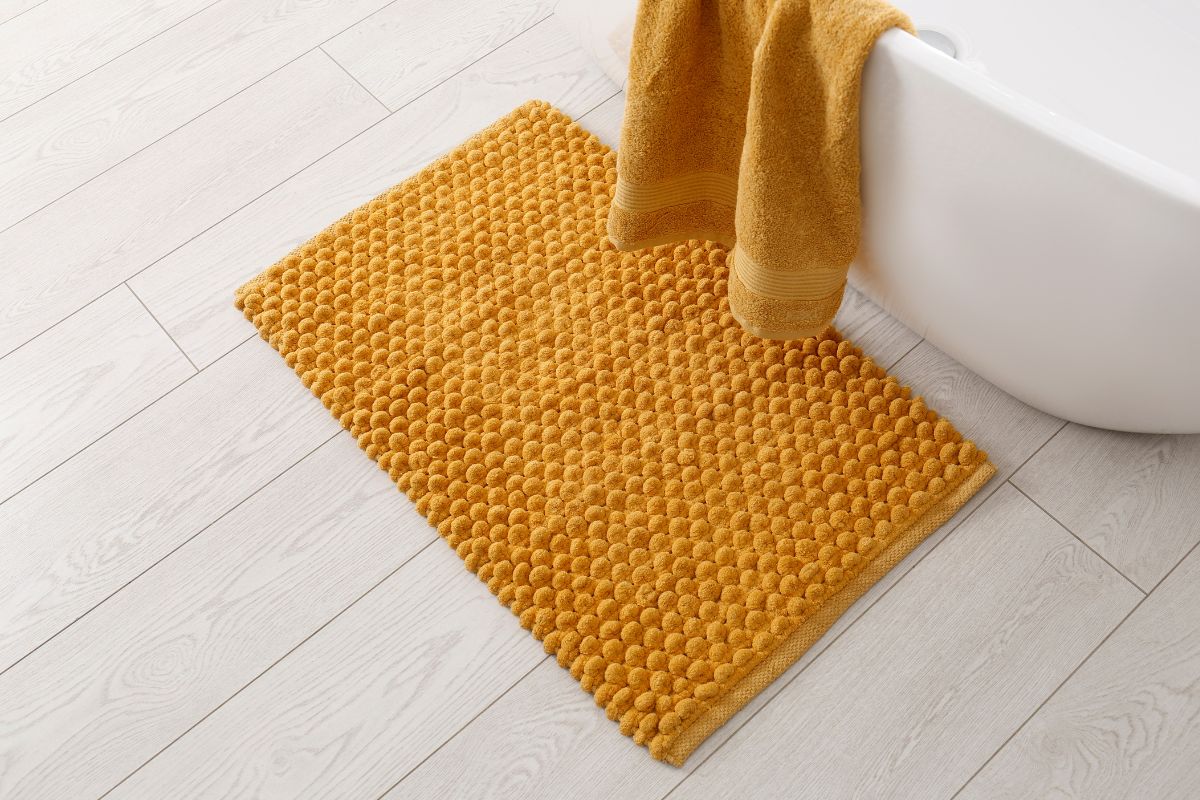
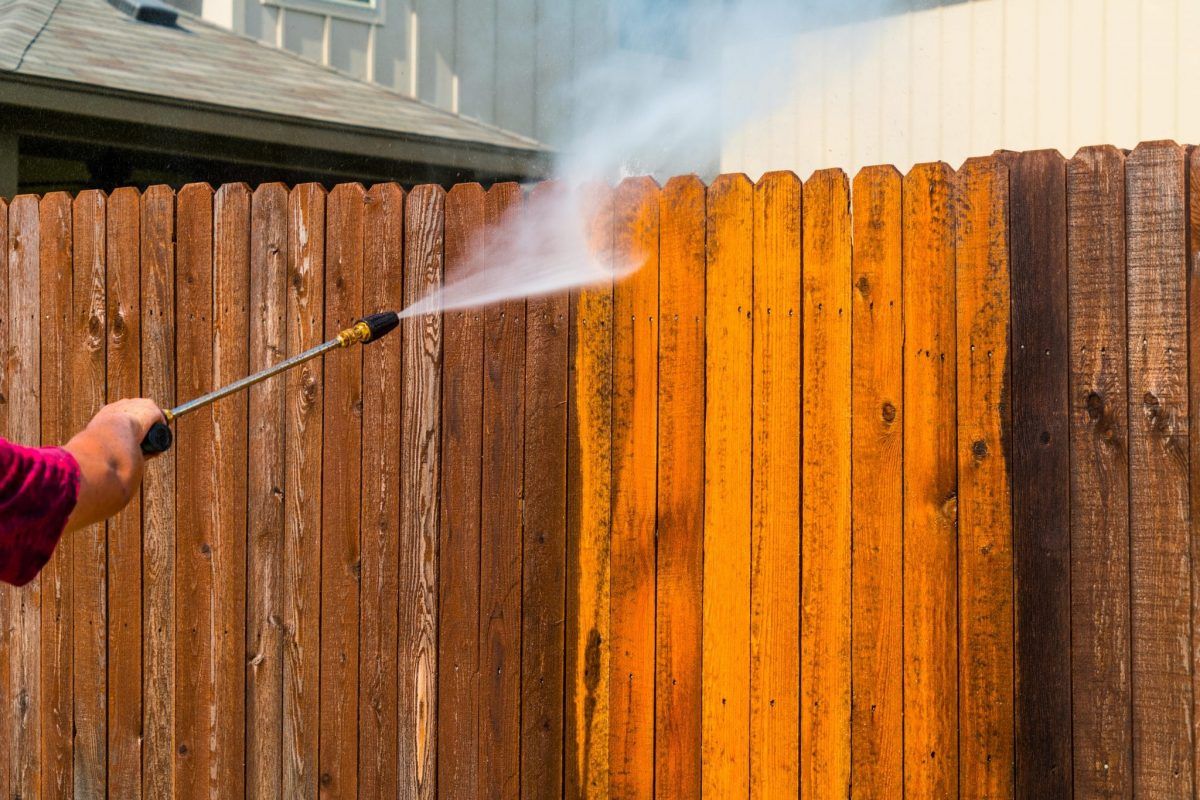
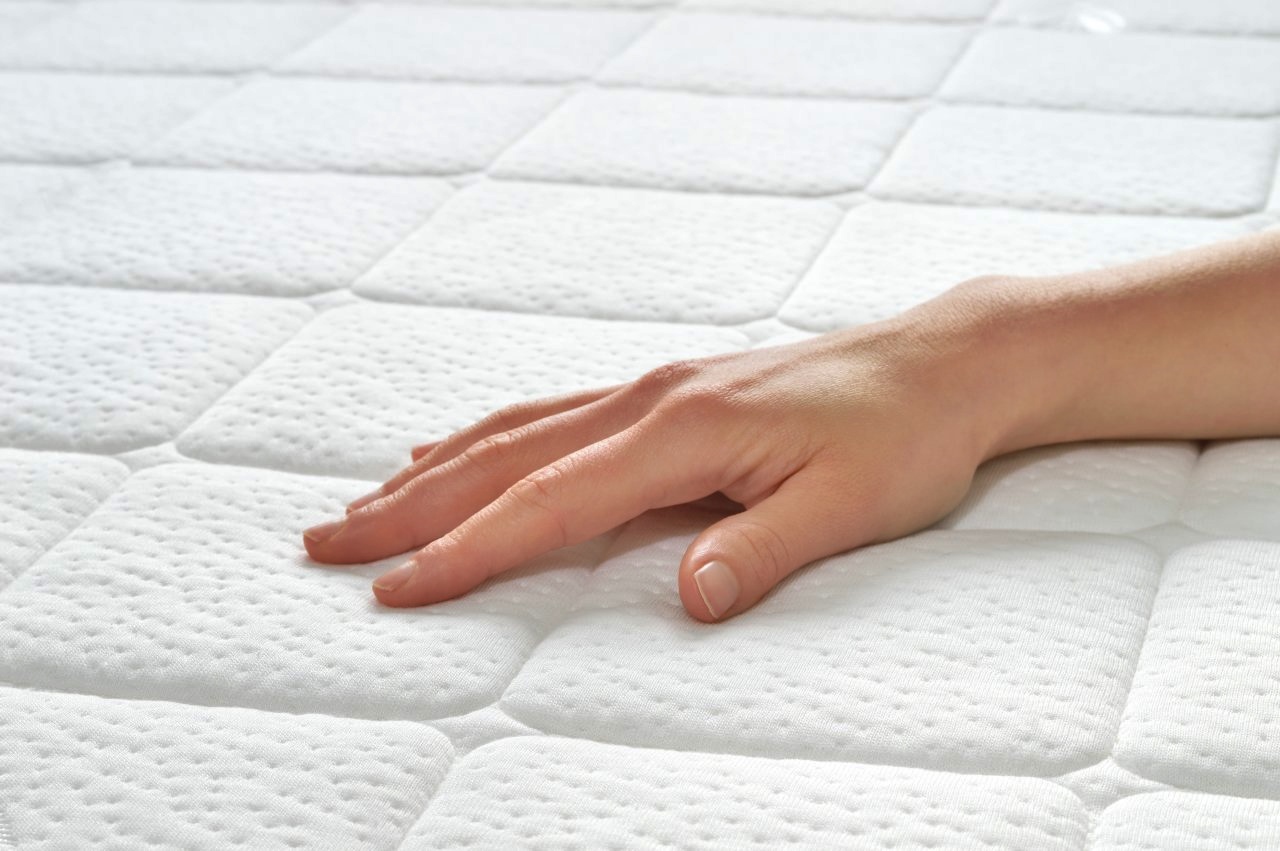
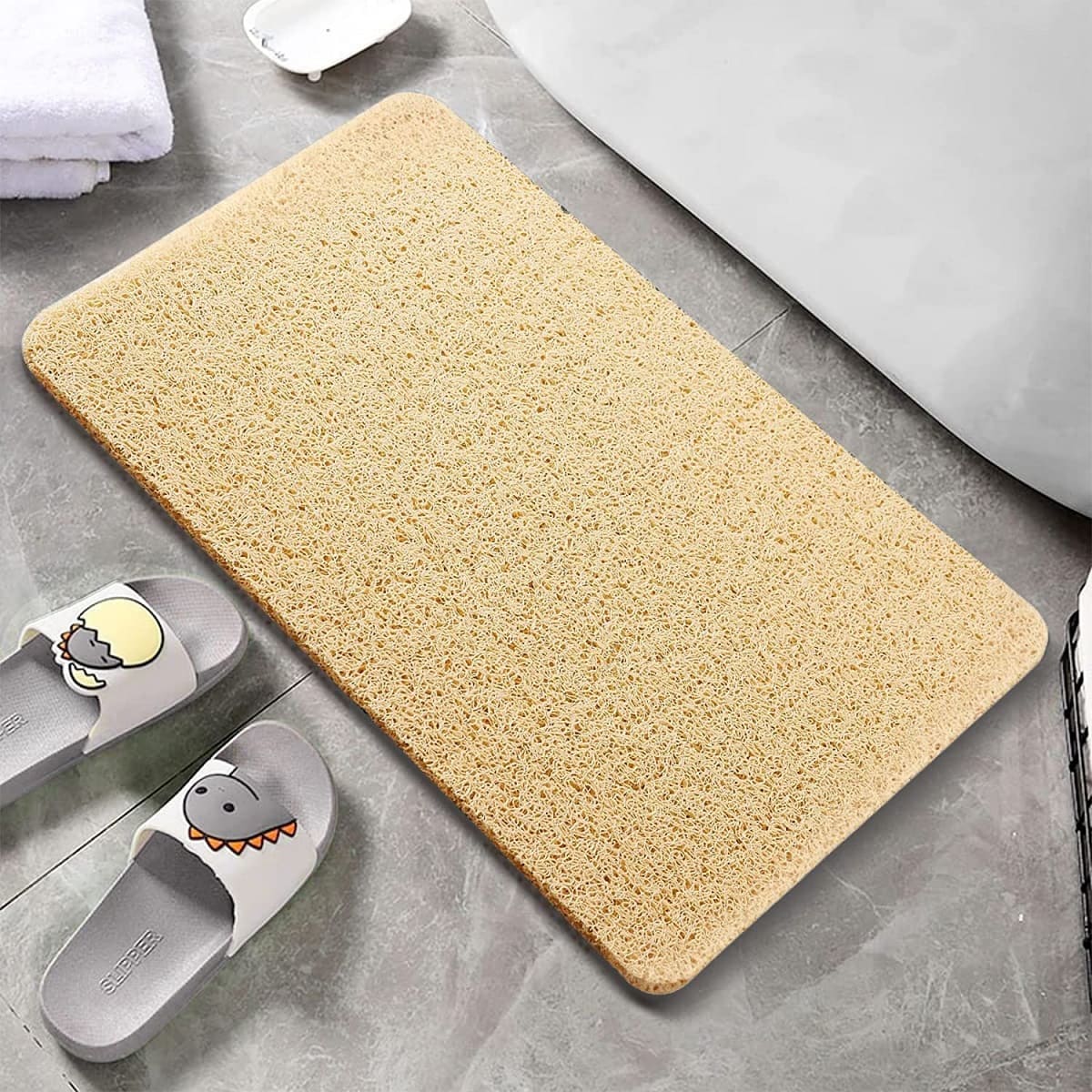
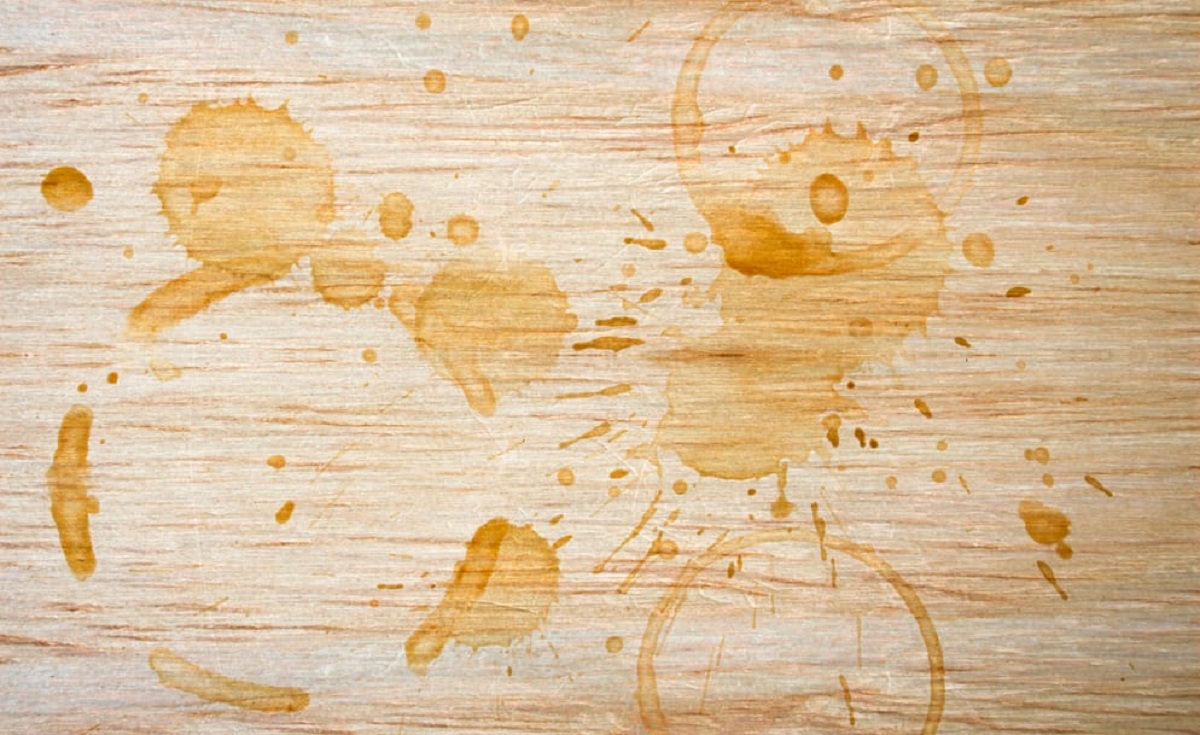
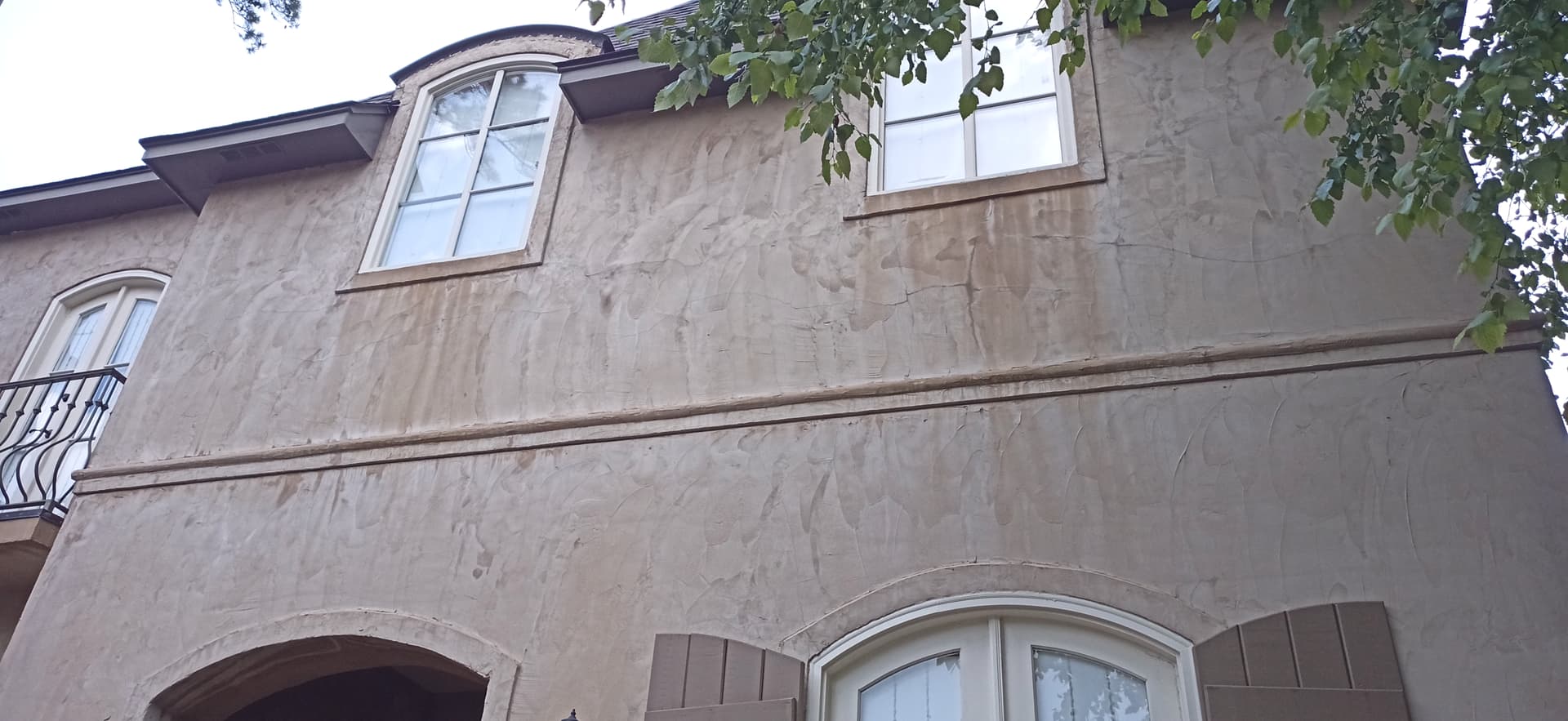
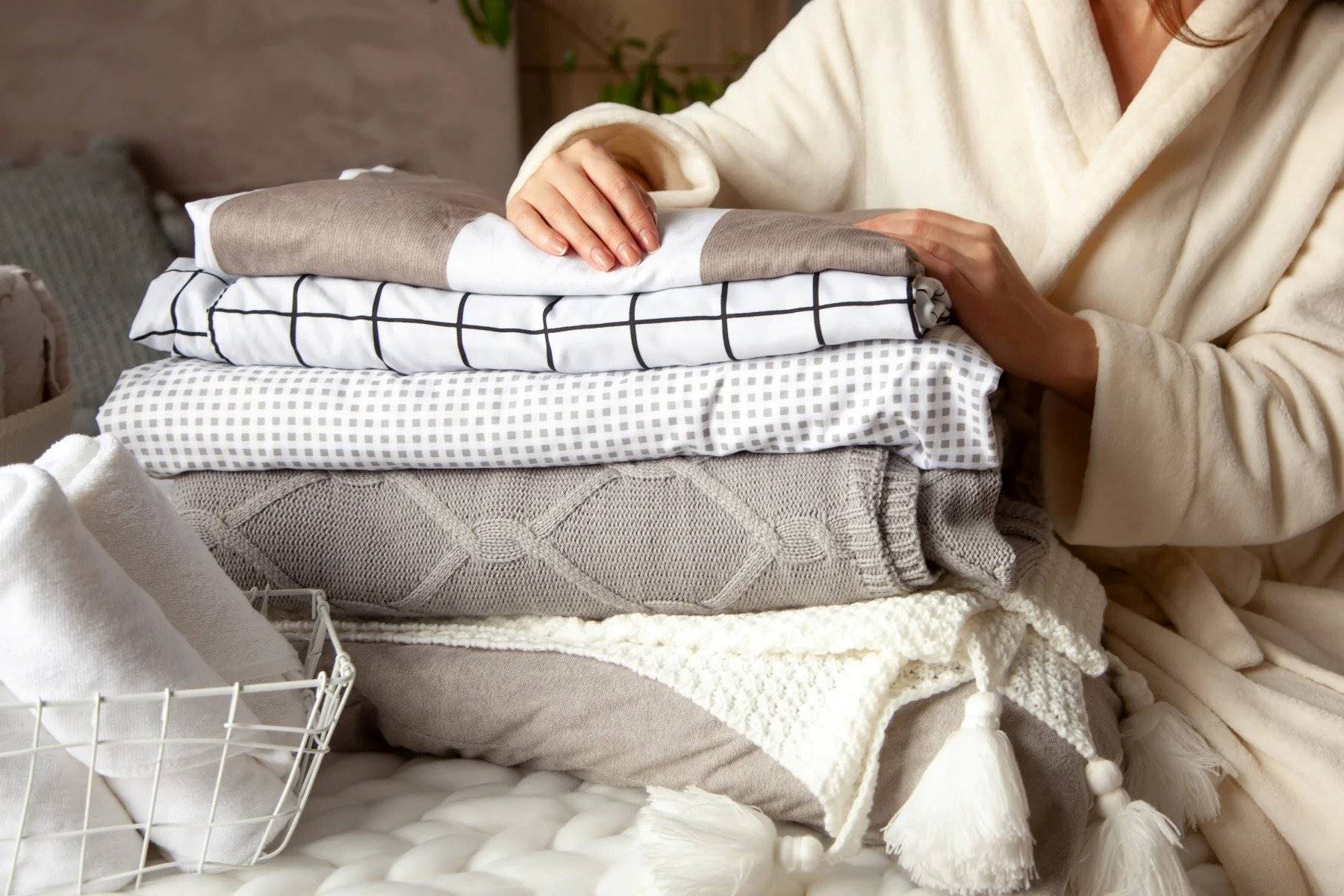
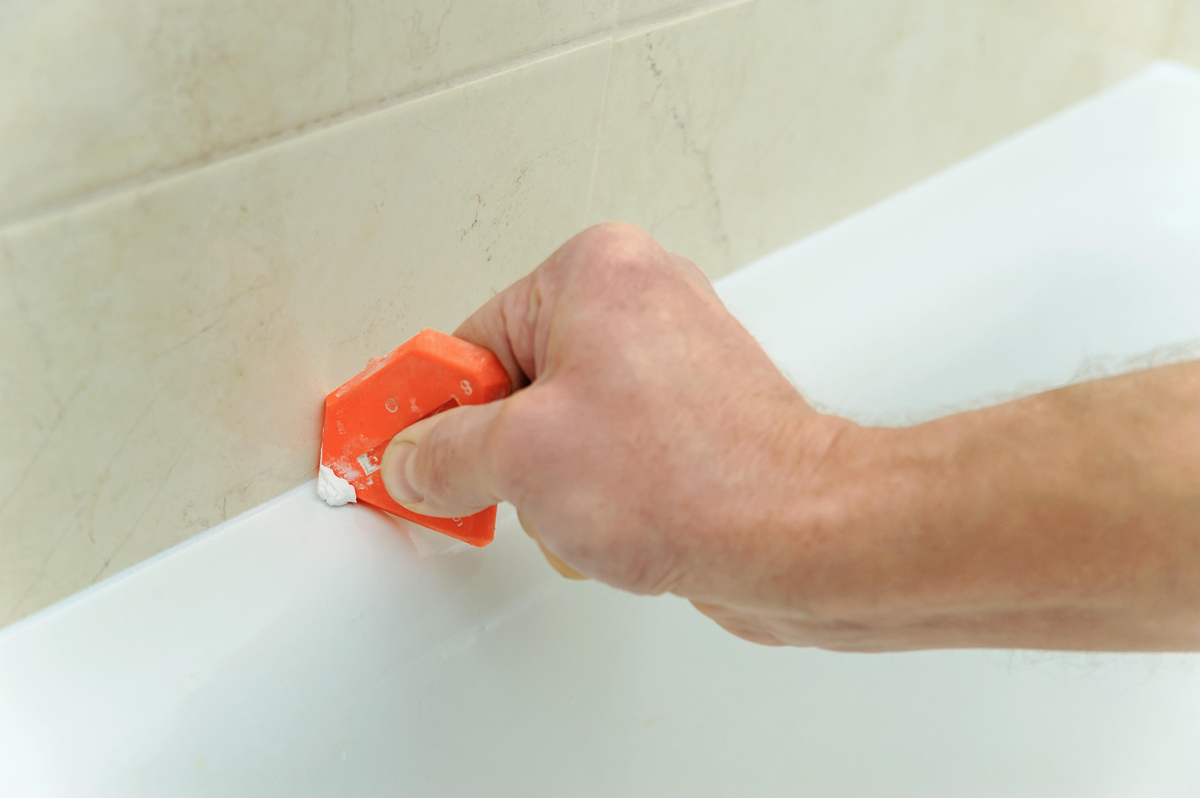
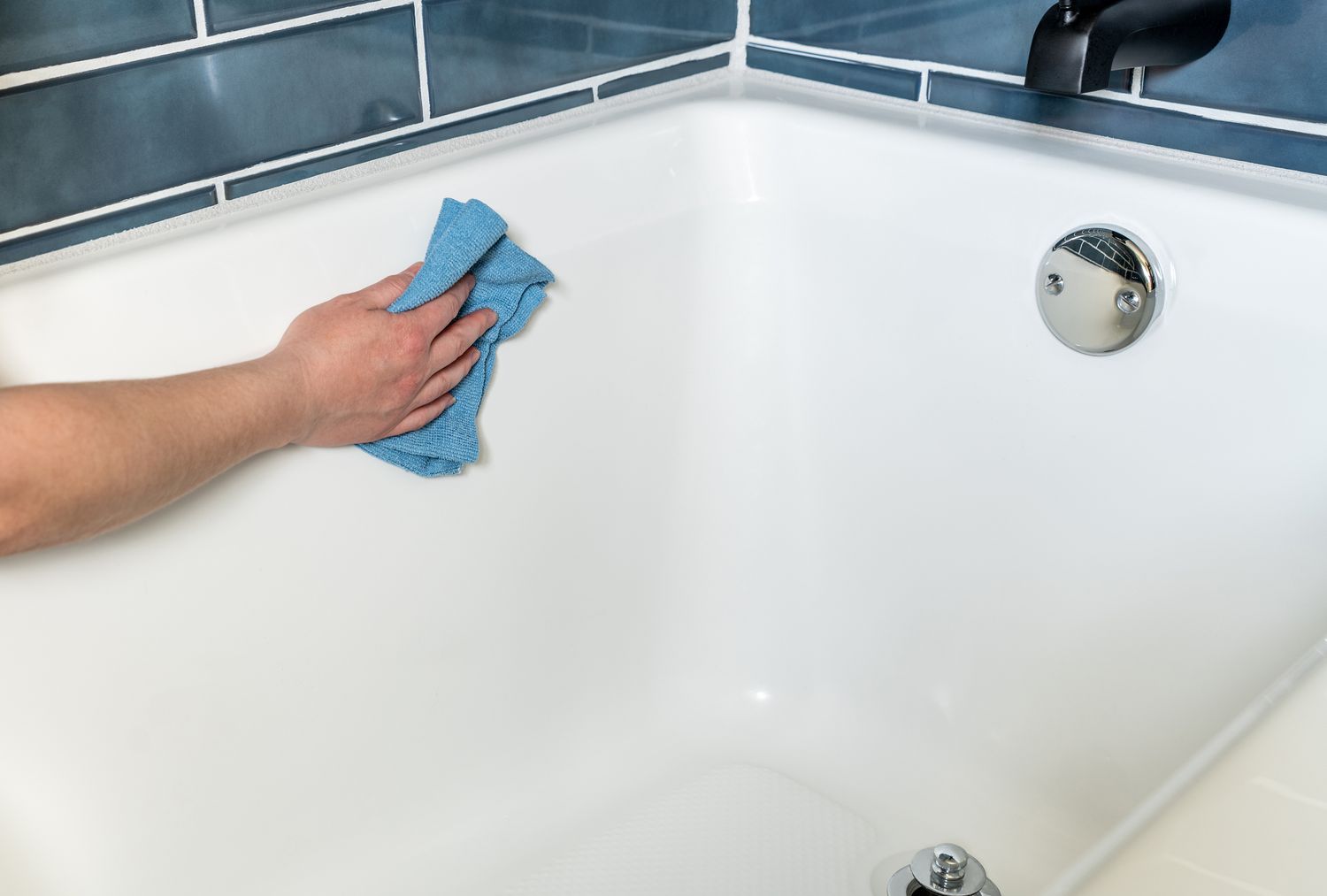
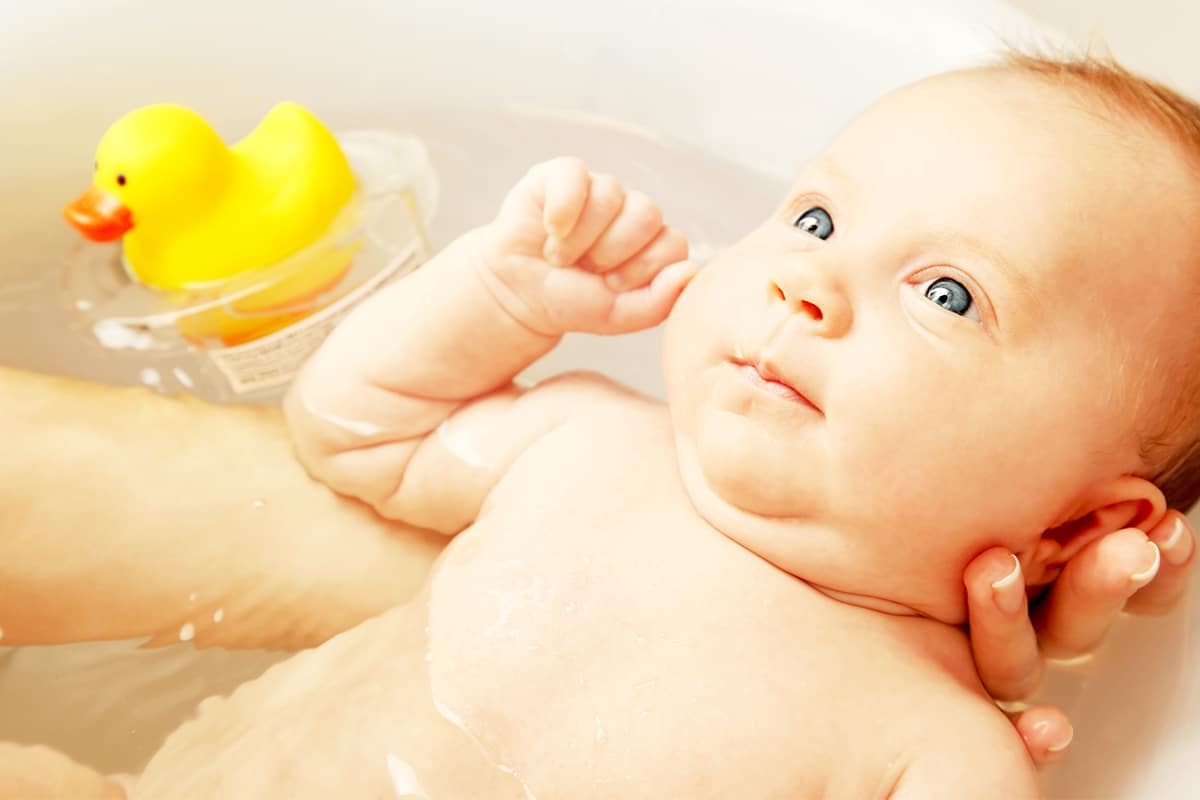

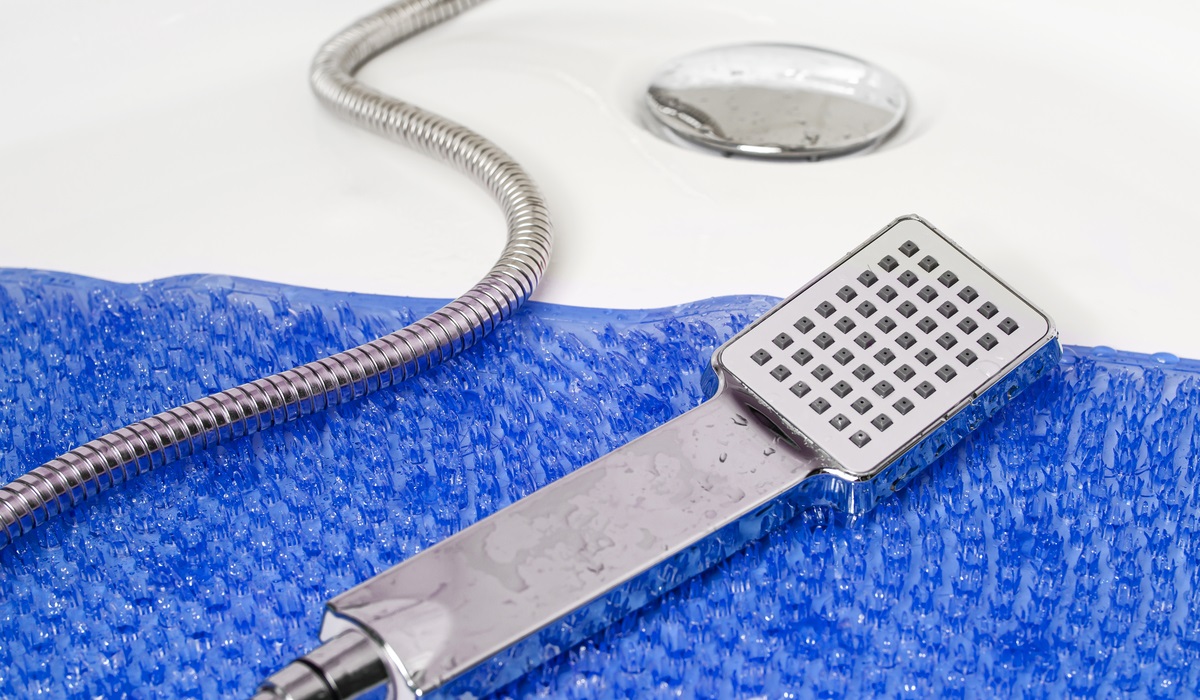

0 thoughts on “How To Remove Bath Mat Stains From A Bathtub”